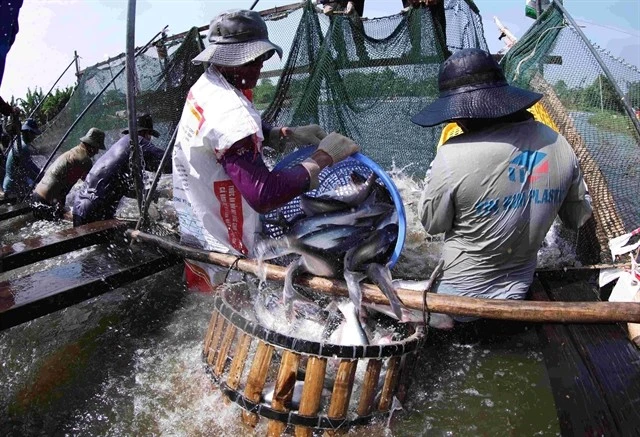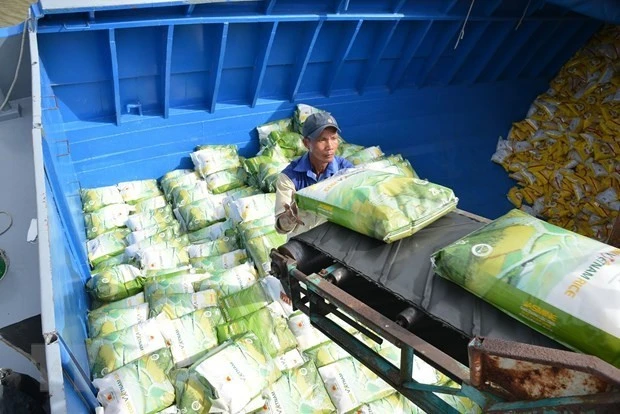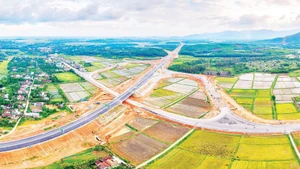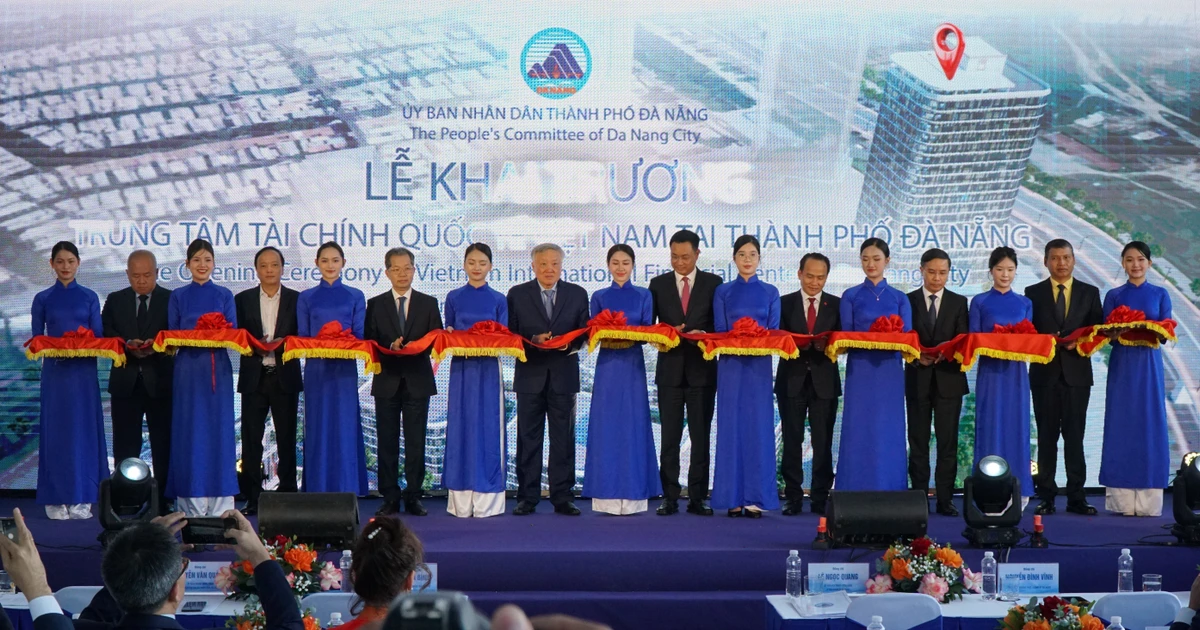In the past time, the Party and State have devised many guidelines, policies and solutions to fully promote the potentials, advantages and motivation for the socio-economic development of the Central Highlands. As a result, agricultural production and business in the Central Highlands has grown in the direction of promoting regional potentials and advantages, adapting to climate change and market mechanisms. In 2021, despite difficulties and challenges during the Covid-19 pandemic, the regional growth rate still increased by 5,8% and accounted for nearly 12,8% of the country’s agricultural production value.
Exploiting potentials and strengths
According to the Department of Agriculture and Rural Development, the Central Highlands Agriculture marked a milestone in 2021 with the success of domestic consumption as well as exports totalling 1 billion USD for agricultural products. While the fruit and vegetables suffered a hard year in the Central Highlands, the region’s key export products such as coffee, rubber, and pepper witnessed significant growth, not only recording high growth in export turnover (with 2 provinces reaching more than one billion USD), but also strong penetration into markets requiring high commodity standards such as Japan and the EU.
Compared to seven agro-ecological regions of Vietnam, the Central Highlands has a competitive advantage with a concentrated basalt land fund; experienced farmers who for years have grown long-term industrial plants such as: pepper, coffee, rubber, tea; and larger-than-average household cultivation areas that benefit mechanisation. This is one of the advantages to joining the global value chain.
Recently, Central Highlands provinces have been actively applying high-tech agriculture and smart agriculture as well as participating in the global value chain. Farmers boldly apply science and technology to increase production value through the formation of leading enterprises, thus attracting other economic sectors to have a large total product value and join the global value chain.
According to the Department of Agriculture and Rural Development of Lam Dong Province, the fourth industrial revolution and modern technology have had a great impact on both production and farmers. To date, Lam Dong Province has seen more than 63 thousand hectares of farming areas meet the standards for high-tech production, accounting for 21% of the total provincial farming areas. Recently the province has formed 7 high-tech production regions, accounting for 35-40% of the industry’s production value with 400 million VND per hectare on average.
However, according to the Deputy Minister of Agriculture and Rural Development Phung Duc Tien, agriculture in the Central Highlands is facing many great difficulties and challenges, including: climate change impacts exacerbating the shortage of irrigation water, pests and diseases leading to the use of pesticides, and high prices of input materials, making it difficult to certify and manage product quality. In addition, limited farming areas, manual and outdated farming technology, and especially initial processing are big challenges for the development of agriculture in the Central Highlands.
In order to overcome the shortcomings and promote investment in agriculture, to form linkages in sustainable agricultural production, processing and consumption, to raise the value of agricultural products in the Central Highlands, the Department of Agriculture and Rural Development has closely coordinated with and supported the Central Highlands provinces to synchronously deploy many solutions; effectively implement the Government’s Strategy for Sustainable Agriculture and Rural Development in the 2021-2030 period, with the vision to 2050; and quickly change to agriculture economic thinking, focusing the growth model on “science technology, innovation and digital transformation”.
According to the Department of Agriculture and Rural Development, the provinces should synchronously implement four master plannings: national, regional, provincial, and sectoral; connect these four master plannings at one point to promote the comparative advantages of provinces and the Central Highlands in general; boost production associated with the Central Highlands agricultural tourism development in many forms; and build and promote the Central Highlands as the destination for domestic and international investors and tourists.

Many OCOP products of the Central Highlands are present at the Co.op Mart supermarket system.
Collaborating for development
At the Central Highlands Connecting Forum with the topic “Connecting the value chain of agricultural production and consumption in the Central Highlands” organised by the Department of Agriculture and Rural Development in Gia Lai Province, many scientists, experts and enterprises contributed many valuable and practical ideas.
In order to effectively promote the potentials and advantages of the Central Highlands, the Deputy Minister of Department of Agriculture and Rural Development Phung Duc Tien, said: First, it is crucial to boost domestic and international connectivity, expand the consumption areas and improve value of the Central Highlands agriculture products in the global value chain, and apply a deep development model with high and sustainable value. Moreover, the process of organising production is consensus and suitable with the capacity and aspirations of farmers; integrating multi-sectors, multi-values closely linking the provinces of the Central Highlands with other economic regions along the value chain.
Chairman of the Vietnam Association of Farms and Agribusinesses Nguyen Dung, said that, in order for the Central Highlands agriculture to develop quickly and effectively and become a large-scale and competitive export industry, we need to apply the value chain from production to processing to consumption. Meanwhile, Director of Lam Dong Department of Agriculture and Rural Development Nguyen Van Son, said that Lam Dong’s experience is based on production alliances and value chains, the collaboration between farmers to share experiences and farming techniques, and a large and stable volume of products for the consumption chain.
According to Chairman of the Board of Members of Vinh Hiep Co., Ltd. Mr. Thai Nhu Hiep, in the era of market economy when Vietnam joins the world trade organisations, enterprises play an important role in building and developing the brand name for Vietnamese agricultural products. “Businesses should support farmers in accessing, training in and updating advanced techniques and technologies. Producers should have a strong and positive will and step out of their comfort zone”.
As Chairman of Gia Lai Provincial People’s Committee Vo Ngoc Thanh has said, restructuring the agricultural sector is one of this province’s important tasks to increase added value, ensure sustainable development and people’s living standards. “Gia Lai identified farmers, cooperatives and businesses as crucial actors in the restructuring implementation, thereby strongly encouraging them to participate in building the chain, creating added value and sustainable development.
From the perspective of investors, General Director of De Heus Group Vietnam Mr. Johan Van Den Ban said: “In the near future, De Heus will cooperate to invest in building chain of high-tech agriculture project to develop the Central Highlands as a disease-free area which produces agricultural products in a closed chain. Thereby, shaping the Central Highlands into a centre for supplying piglets and developing modern, closed breeding models.
In general, the Central Highlands has a large and good quality farming land, beneficial ecological conditions and high rainfall. However, it is necessary to invest in solutions to exploit the synergistic potential in the short term and in the long term, including: strong investment in digital transformation in agriculture and application of solutions on smart agriculture; promotion of regional cooperation and linkage, with a focus on connecting the biodiversity corridor with the Southeast and South Central Coast regions; and improving the value chain, especially logistics solutions to ensure a synchronous chain. Only in this way can agricultural products in the Central Highlands improve their competitiveness in the global value chain.
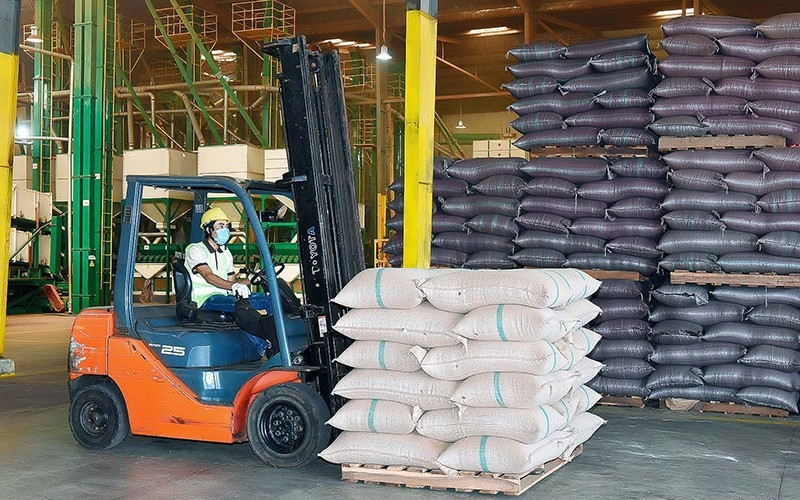
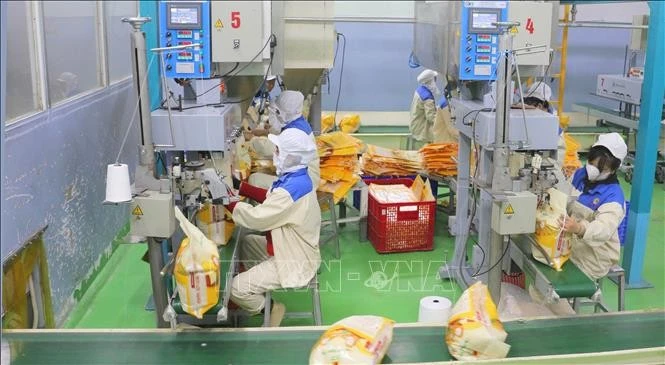

![[Video] Seven inspection teams formed to stabilise market during peak Tet period](https://en-cdn.nhandan.vn/images/9f233ae74386156ace55673ec5a8ea373e7bb5df2274800bfd51bda6ec86d9464d289201deda54c246314a974e2f0aef0bc69929884e4c53fd4eb6a1f98b468f6ae70becd9f49b834a8b9195e077c25b/anhminhhoavideo-110126-2.jpg.webp)

